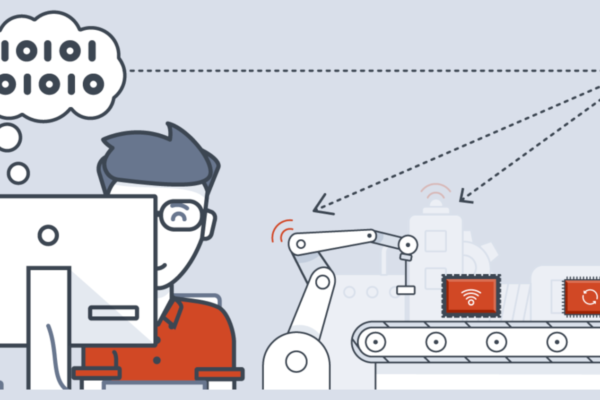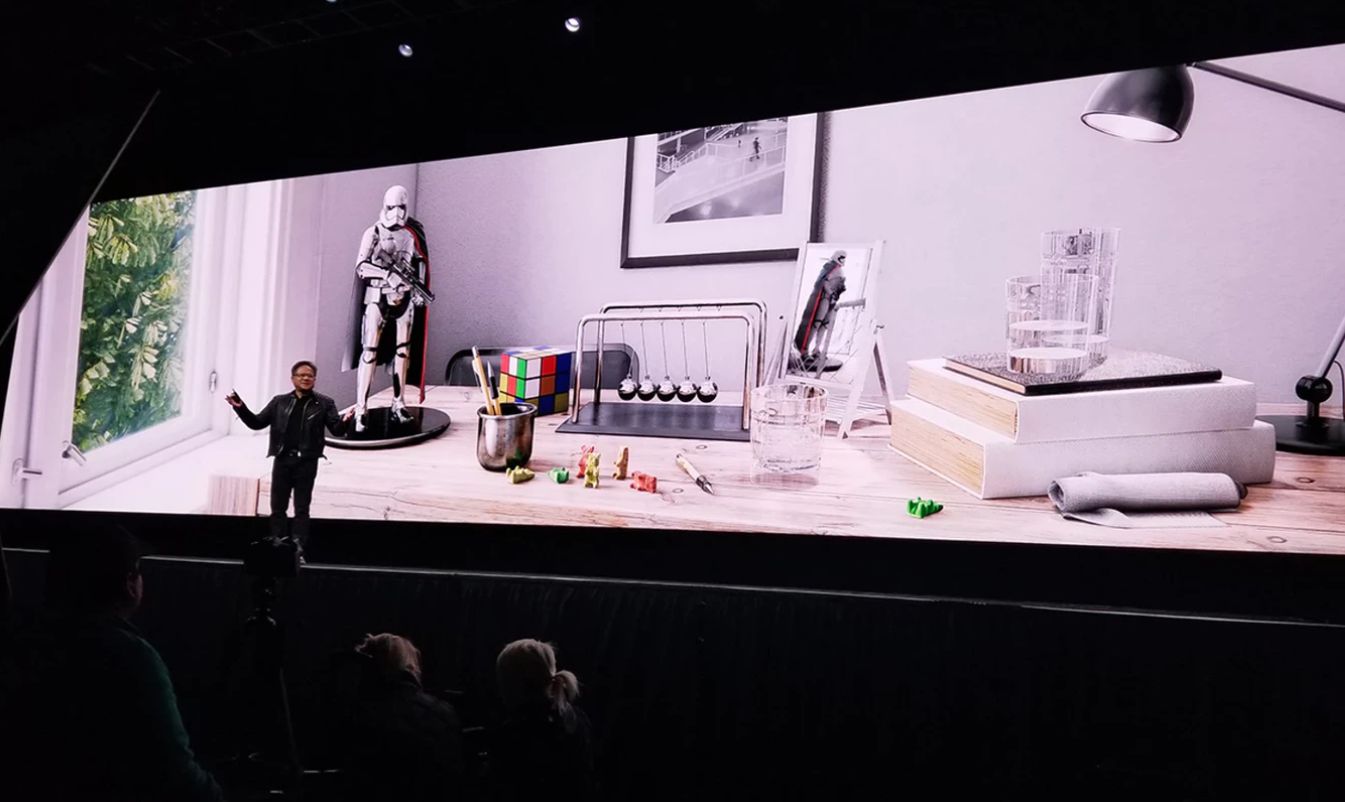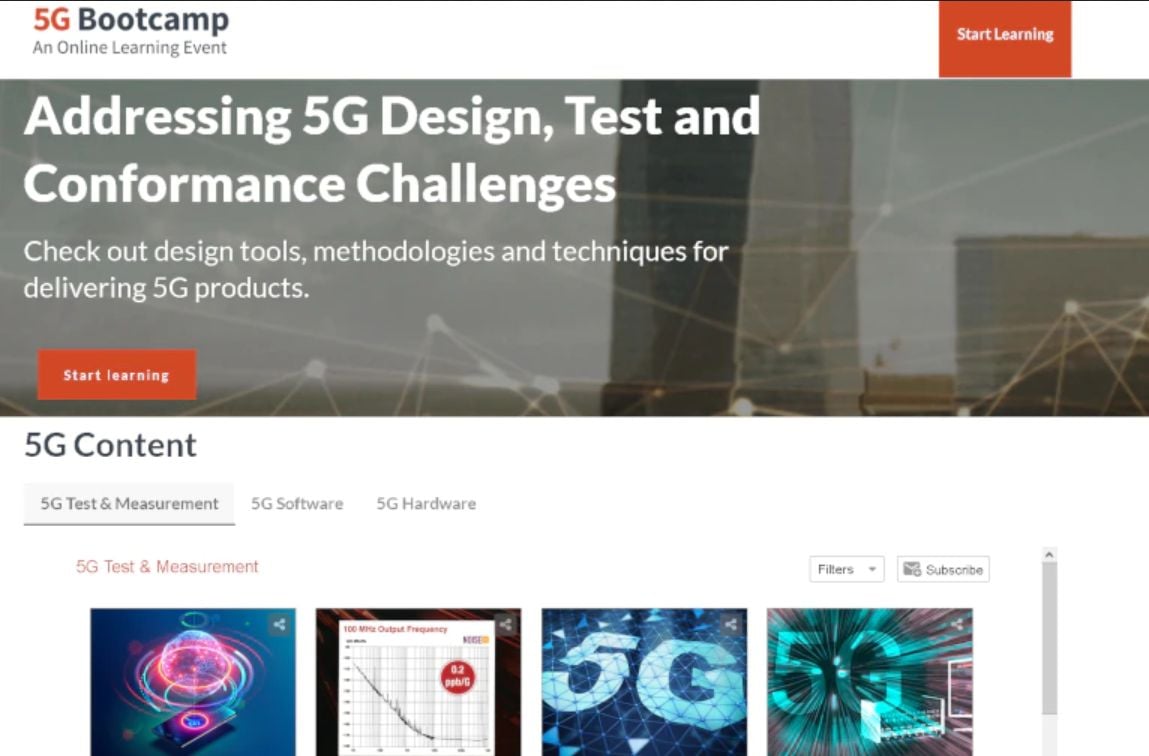
Is your next technical conference going to be virtual?
Covid-19’s social distancing has essentially put an end to in-person technical conferences for now and many are scrambling to turn these events into online extravaganzas. It’not quite the same watching Nvidia’s Jensen Huang reveal their ray-tracing support (Fig. 1), even on a large 4K screen. The lights and sound and scope aren’t quite the same.

system and real-time ray-tracing at the 2018 GTC show.
On the other hand, watching the technical conferences from home can be easier on the feet, the schedule, and the mind. This year’s GPU Technology Conference (GTC) lets you watch presentations, demos, and labs at your leisure.
GTC was very popular, even at a significant cost as most technical conferences are these days. Because of the fast turnaround, it’s free this year, which is a boon to new virtual attendees as well as saving money and travel time for real attendees. It doesn’t have the same level of interaction with the sponsors that would have booths to visit, but it’s a start. Transitioning to a virtual conference isn’t easy. I helped make our regional science fair a virtual conference this year when Rider University shut down, as did every other school in New Jersey.
Conferences by design

Bootcamp, were designed to be online from the start.
Electronic Design has been doing virtual conferences for quite a while now. Our bootcamps target topics like 5G technology (Fig. 2) and combine webcasts with whitepapers and other articles. The main difference between our events and many of the virtually transformed events like GTC is scope and focus. Both are useful.
Our Learning Resources section also provides links to articles and webcasts that are available immediately. The Learning About Technology series collects the hundreds of webcasts we have on topics ranging from IoT to 3D printing that you can watch now. The main difference between these webcasts and those in the bootcamp is that you can attend the live version, if you can schedule it, or watch them at your leisure.
This is actually one of the benefits, in general, for virtual conferences. You’re usually not limited by the real-time schedule of the event. You may miss the ability to ask a questions at a live event, but you can watch them at any time.
Keep in mind that the content you may have access to may not live forever on the internet. If you can’t download content then you may not have access to it later, so beware. On the plus side, most presentation systems provide a downloadable copy of slides and often other useful resources.
Telepresence robots?
One option that was interesting but probably not practical now is the use of telepresence robots. A number of years ago, I wrote about “Evaluating The Beam Telepresence System.” I actually attended the Robobusiness conference remotely. This was actually a way to attend a live conference without being there in person. Though telepresence is being using now, it doesn’t scale well in terms of replacing in-person interactions. Video conferencing is better suited for handling hundreds of people, but the type of interaction is much different than being there in person or using a telepresence robot.
At the time, the telepresence robots were crude and are still limited in their viewing options. For example, most can’t move the camera vertically so that the user is able to move their virtual head around.
This does highlight some of the limitations that video conferencing and virtual conferencing lack—essentially, the ability to look around and interact with your virtual surrounding and virtual companions.
In theory, some things could be made more interesting and functional. For example, having a 3D model of a device that a user could spin and view from different angles would give more insight than holding a real device in your hands. These augmented- or virtual-reality environments could provide more information as well, but that’s another story. For now, Covid-19 has forced everyone to work in new ways. Often the alternatives are clumsy but functional. This could improve how we interact virtually.
Where am I headed next?
Going virtual is something I’ve done for a long time, having worked out of my house for 38 years. I’ve done quite a bit of travel, but this latest turn of events has forced a dramatic increase in the use of virtual conferences and webcasts.

virtual as well.
The Linley Group’s Spring Processor Conference (Fig. 3) is coming up. It has gone virtual as well. For me, this change is actually a benefit because I would not be able to attend otherwise. While I won’t be able to see you there, we can watch the same content and download the same presentations and reports. For now, that will have to do.
This article first appeared on Electronic Design – www.electronicdesign.com
 If you enjoyed this article, you will like the following ones: don't miss them by subscribing to :
eeNews on Google News
If you enjoyed this article, you will like the following ones: don't miss them by subscribing to :
eeNews on Google News



